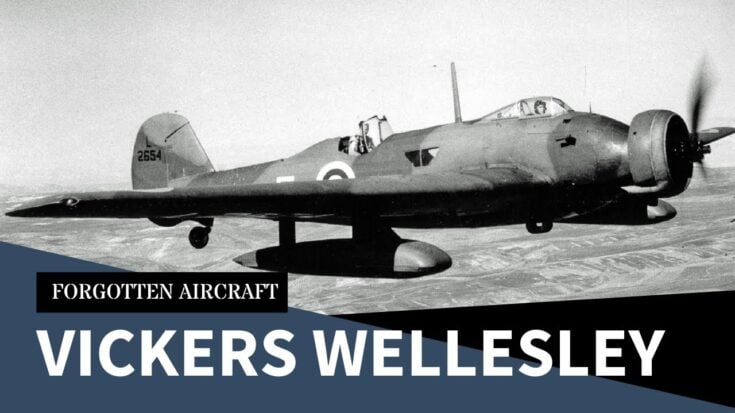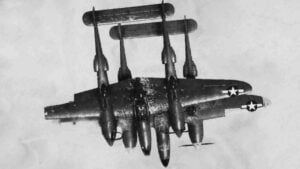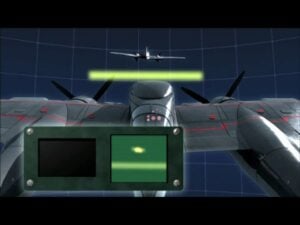10 Facts About the Unheralded Hero of a Forgotten War

YouTube / Ed Nash's Military Matters
When people talk about British bombers of WWII, names like the Lancaster or Halifax usually dominate the conversation. Rarely does anyone mention the Vickers Wellesley. But this odd-looking single-engine bomber played a crucial—if overlooked—role during a pivotal chapter of the war. Here are ten facts that prove the Wellesley deserves more respect than it usually gets.
-
It Was Born from an Airship Failure
The Wellesley’s story begins not with aircraft, but with airships. When Britain scrapped its airship program after the R101 disaster in 1930, designer Barnes Wallis—best known for creating the bouncing bomb—shifted focus to airplanes. He brought with him structural ideas that changed aviation. -
It Pioneered a Unique Structural Design
Wallis introduced the geodetic airframe, a basket-weave structure that gave the aircraft tremendous strength while remaining lightweight. This innovation freed up interior space and made the Wellesley exceptionally resilient to battle damage. -
It Was Originally Meant to Be a Biplane
Vickers initially designed a biplane, the Type 253, to fulfill an RAF contract. But behind the scenes, they also developed a more advanced monoplane—the Type 246. When RAF officials saw it fly, they canceled the biplane order and opted for what would become the Wellesley. -
It Set a World Distance Record
In 1938, two Wellesleys flew nonstop from Ismailia, Egypt, to Darwin, Australia—a staggering 7,175-mile journey. The flight lasted 48 hours and 5 minutes, setting a world record that stood as a major technical achievement of the era. -
It Had an Unusual Bomb Layout
Because of its unique structure, the Wellesley couldn’t accommodate an internal bomb bay. Instead, it carried two 500-pound bombs in panniers under each wing, for a total load of 2,000 pounds. -
It Helped Halt an Italian Invasion
Just one day after Italy declared war in 1940, Wellesleys from No. 14 Squadron launched a precision raid on an Italian naval base in Eritrea. Their attack destroyed 11,000 tons of fuel—crippling Italian operations in East Africa. -
It Bought Britain Critical Time in Africa
The fuel strike forced Italy onto the defensive, giving British forces time to bring in reinforcements. The Wellesley continued to harass Italian positions, helping protect vital shipping routes through the Red Sea and Suez Canal. -
It Was Armed on the Fly
Originally equipped with minimal defensive guns, the Wellesley was increasingly upgunned as it faced Italian biplane fighters. Crews sometimes added extra machine guns, including downward-firing ones, and flew with four-man crews to man them all. -
It Aided in Cracking the Enigma Code
In 1942, a Wellesley spotted a German U-boat periscope in the Red Sea. Though its depth charges missed, the crew marked the site with a smoke float. This led Royal Navy ships to recover vital Enigma codebooks from U-559—an intelligence breakthrough that helped win the war. -
It Quietly Faded into History
The Wellesley flew its final combat mission in November 1941 but remained in limited service into 1943. Though soon eclipsed by faster, twin-engine bombers, this humble aircraft made a major impact—especially in a theater most have forgotten.




















